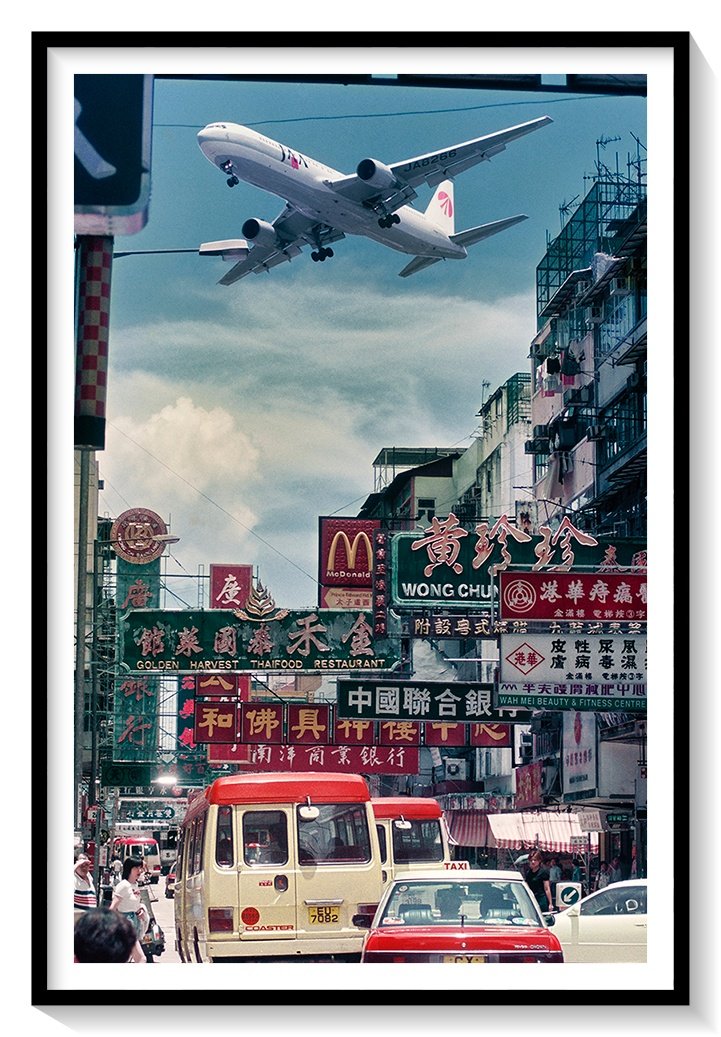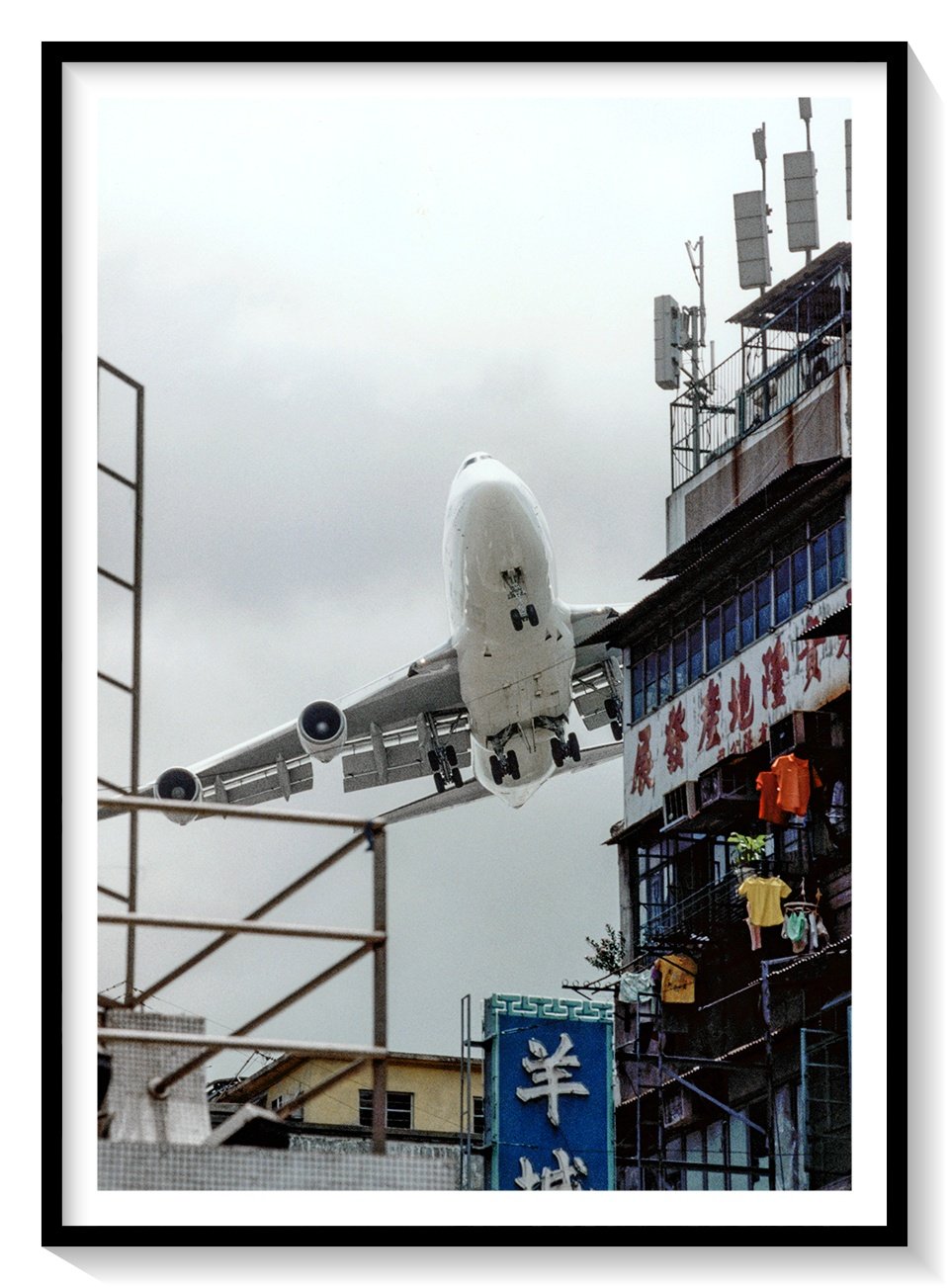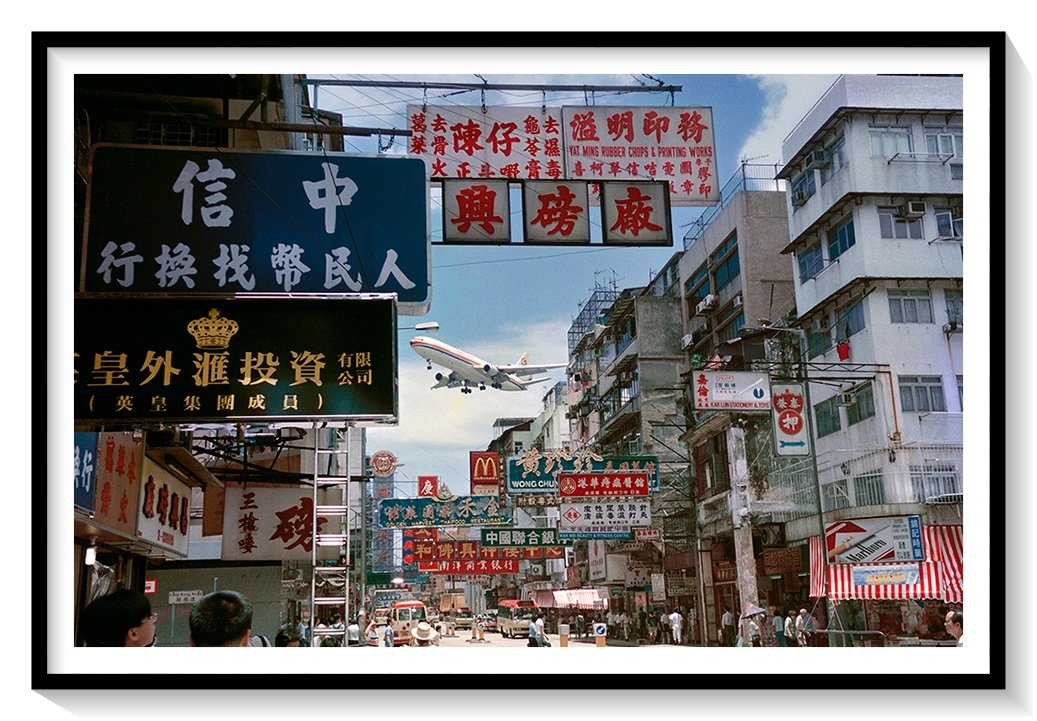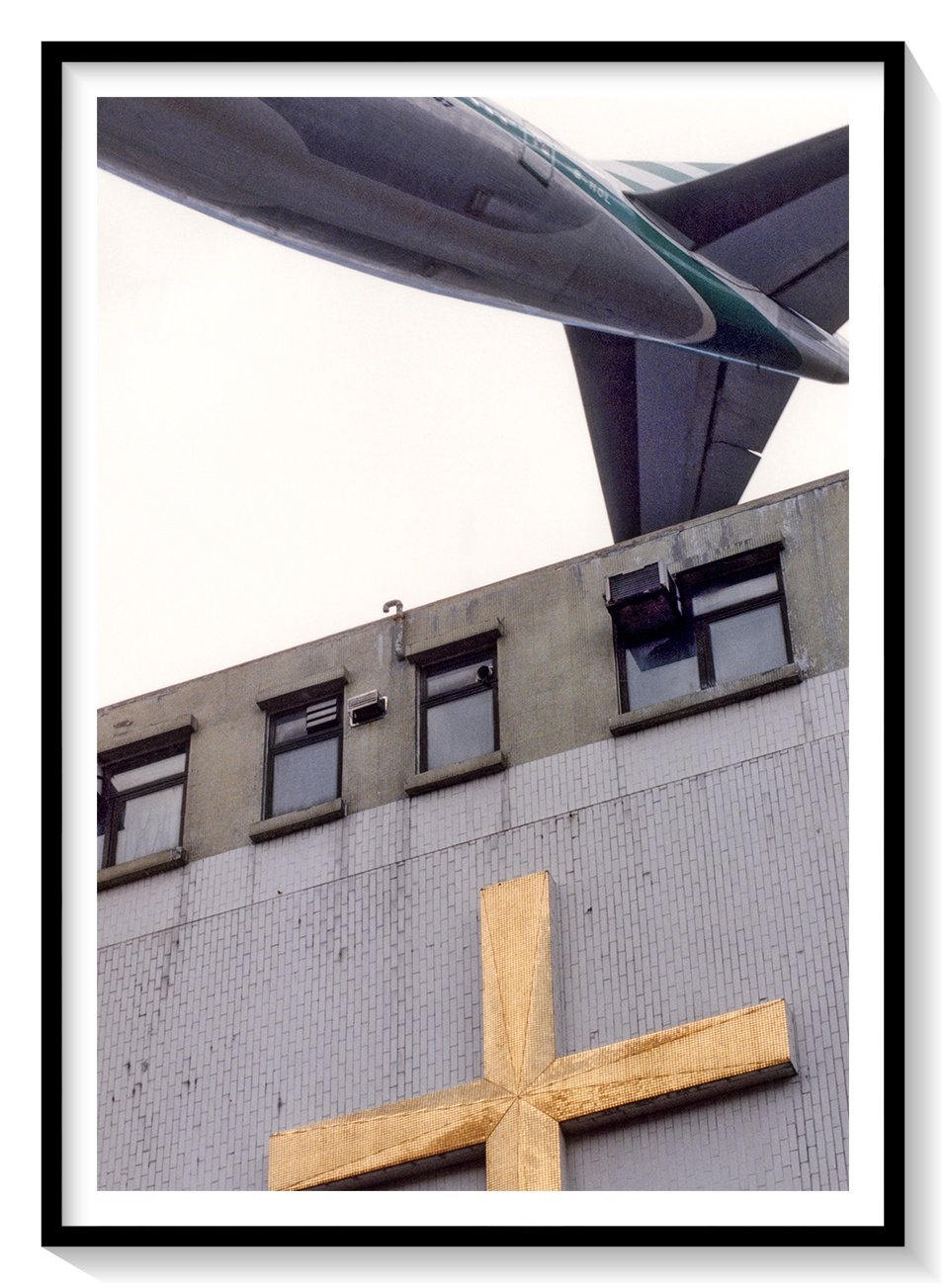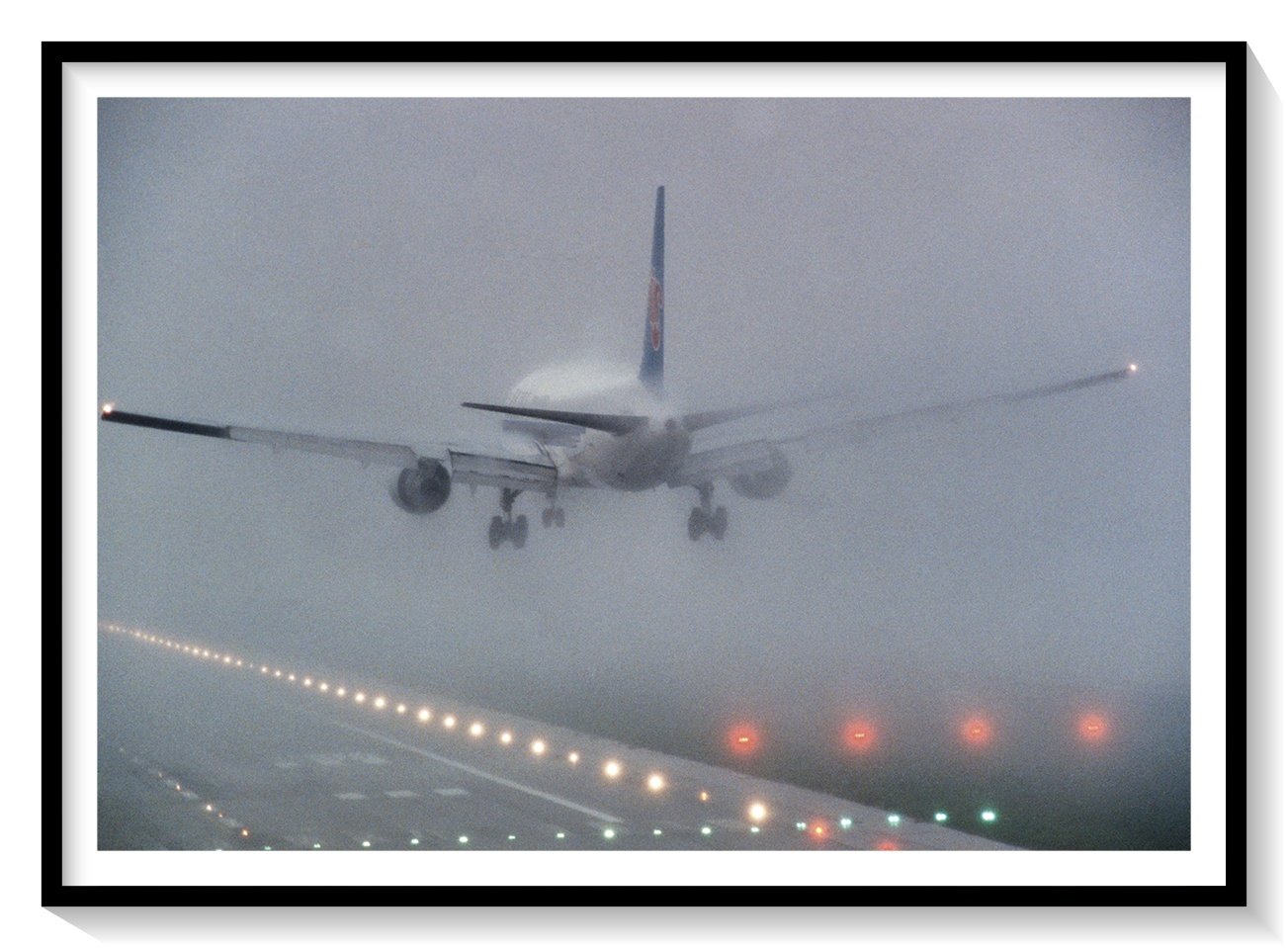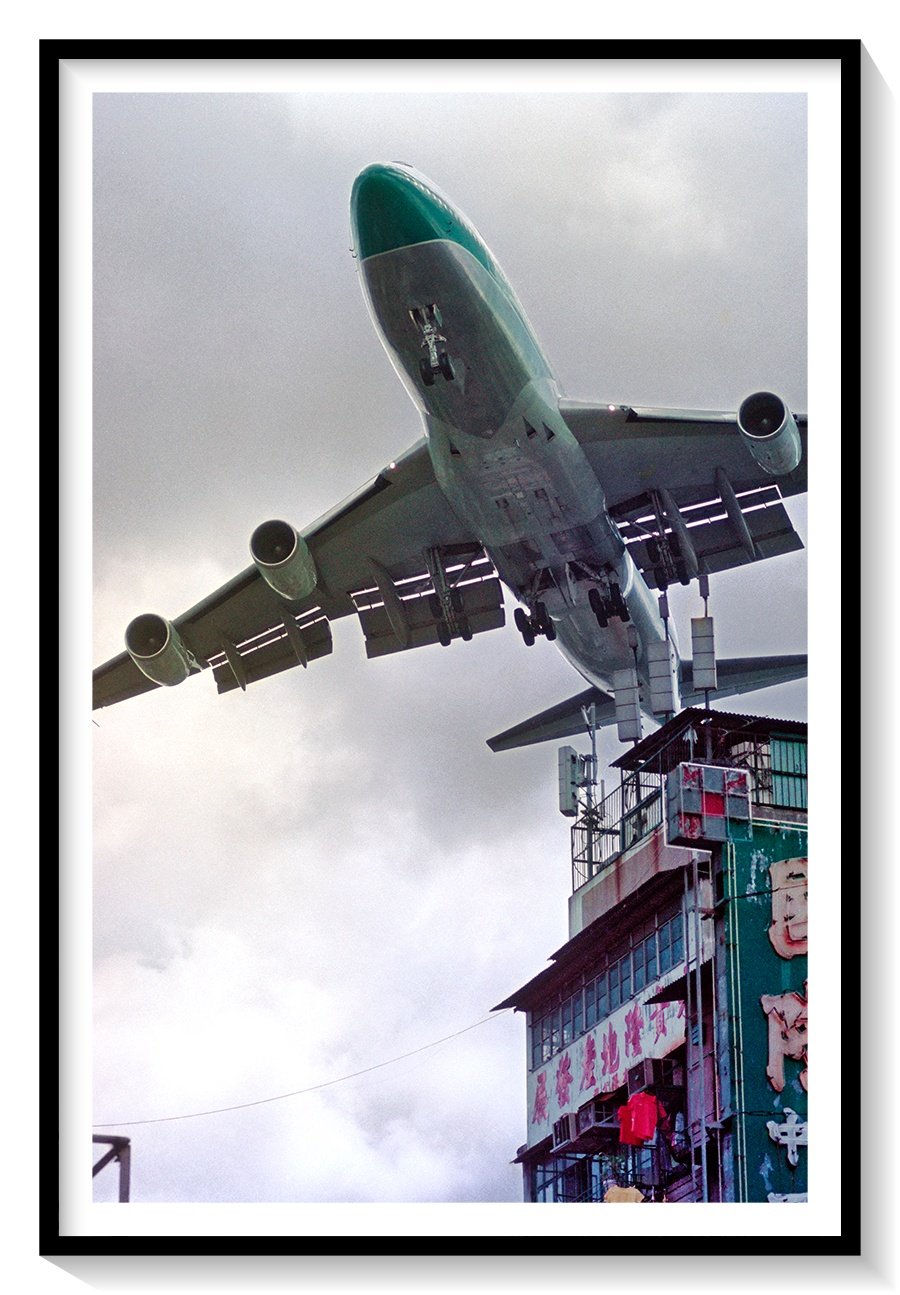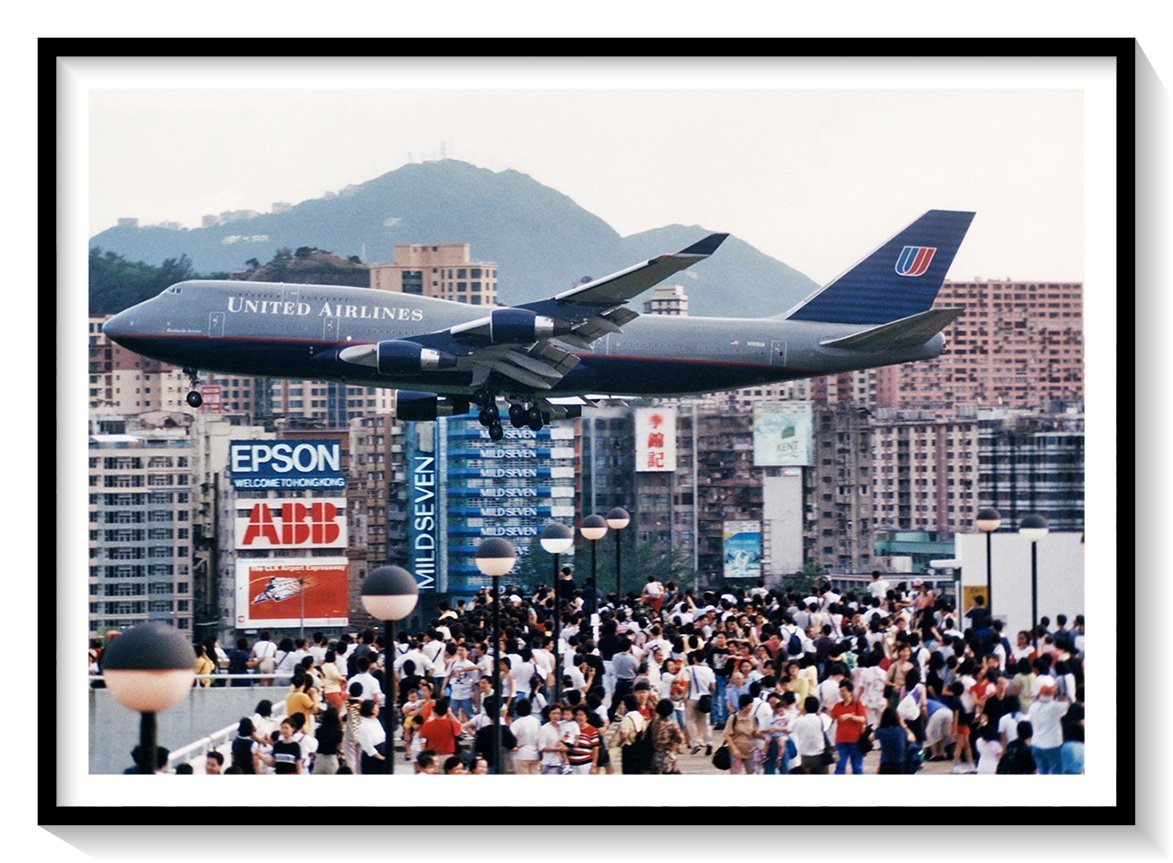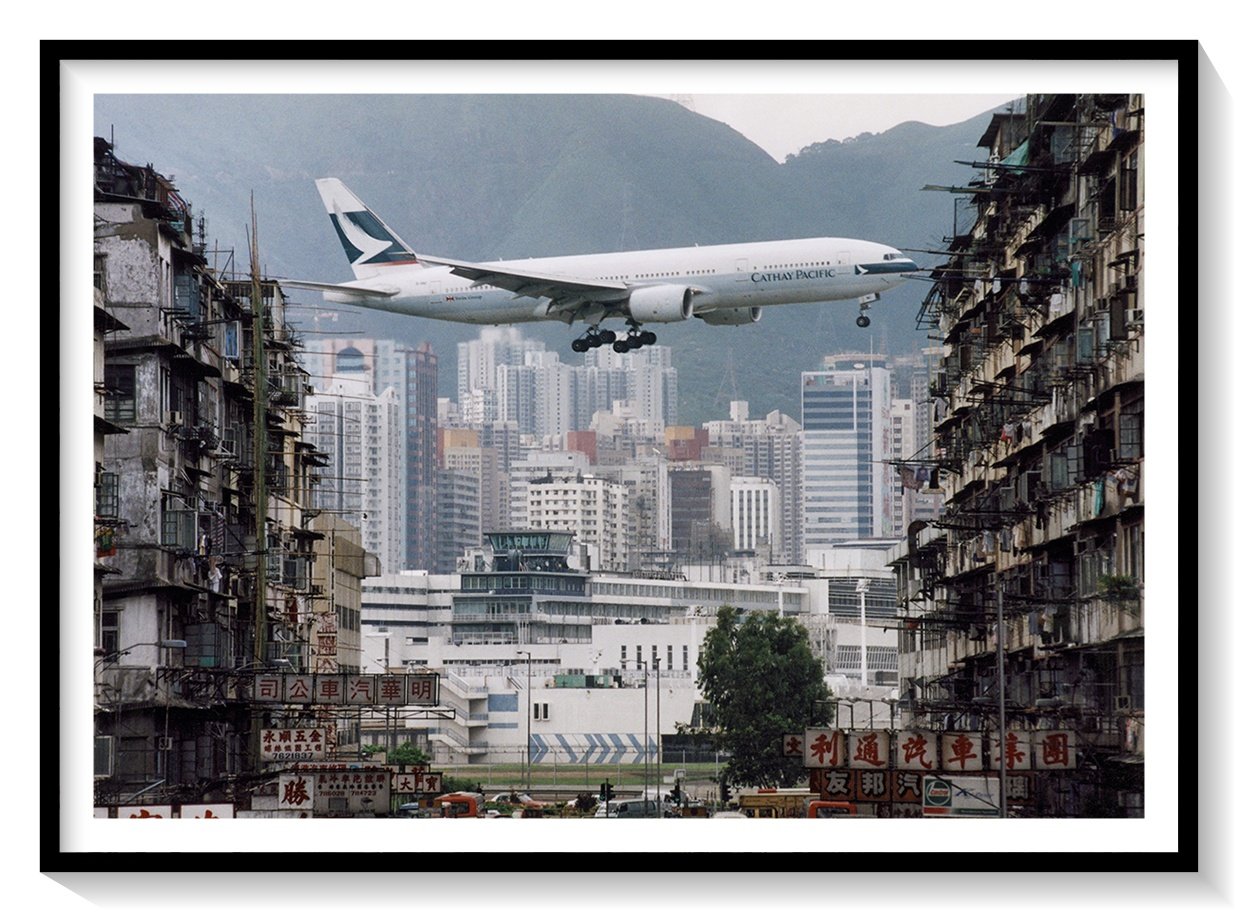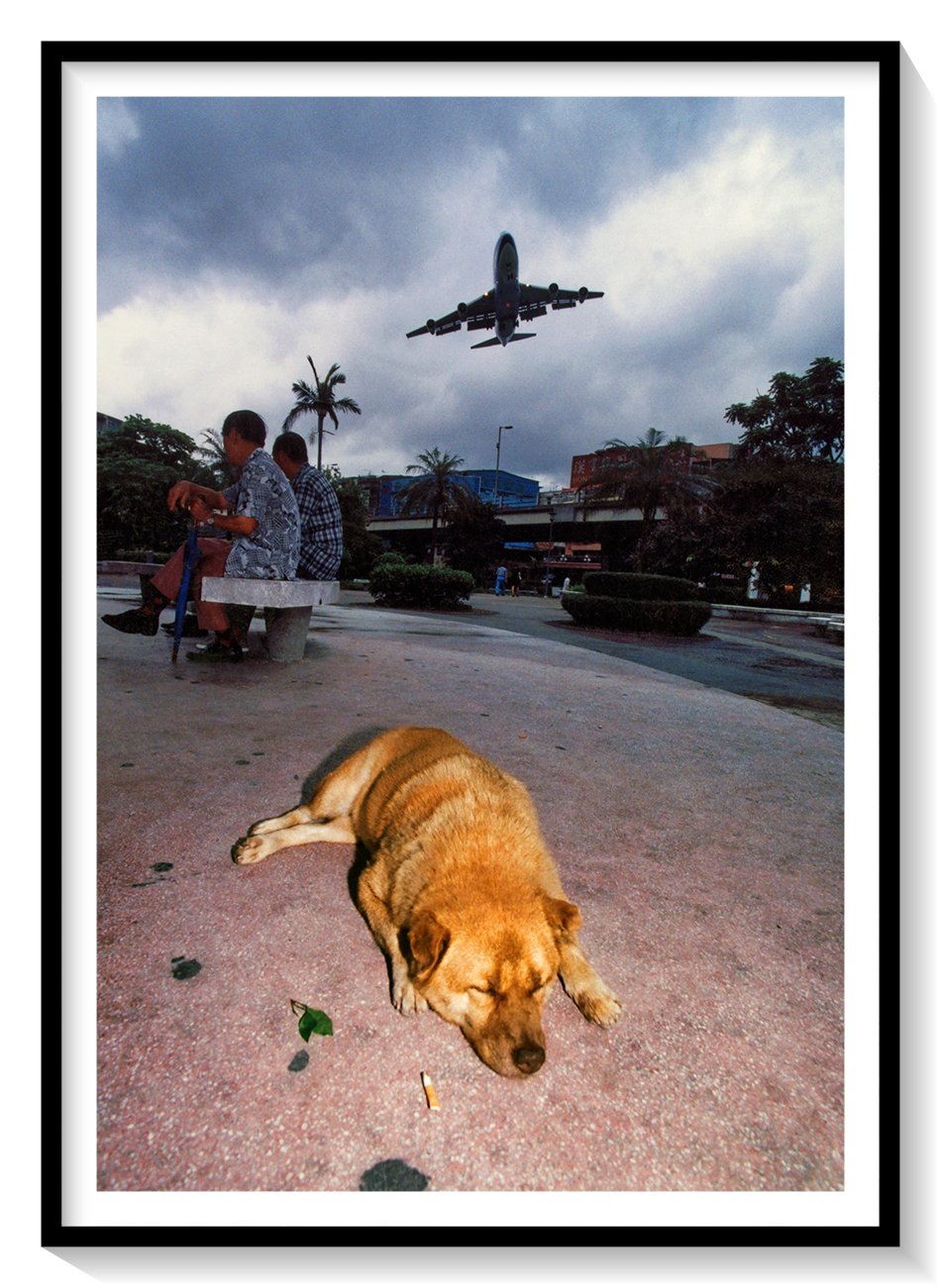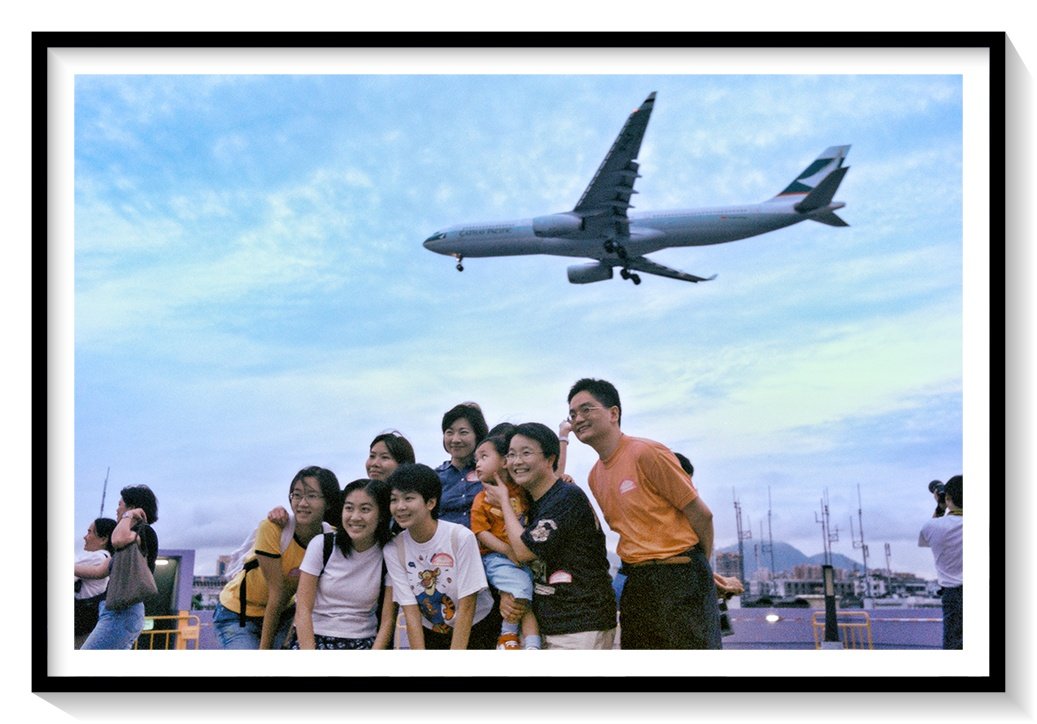Birdy Chu
Birdy Chu is a multi-talented artist based in Hong Kong, who works as a photographer, film director, and lecturer. He began his creative journey by studying design in his hometown before pursuing film and video production, as well as photography, in Canada.
Birdy's exceptional talent has been recognized globally, with his works showcased in various film festivals and art book fairs. He has been a finalist in prestigious awards such as the Hong Kong Contemporary Art Biennial Awards 2009, National Geographic Photo Award 2012, Hong Kong Art Prize 2013, and Human Rights Art Prize 2015. In 2016, he won the Most Popular Mobile Film Award at the Mobile Film Festival.
Birdy's visual images reflect his concerns about social development and serve as an archive of our ever-changing world. His latest published book, 'HK 1997', captures the transformation that took place during Hong Kong's most significant year.
In addition to his artistic pursuits, Birdy also works as a part-time lecturer at the City University of Hong Kong in the Department of Media and Communication.
Goodbye Kai Tak and Thank you
(current exhibition Blue Lotus Gallery, July–August 2023)
It was time for the last plane to depart from Kai Tak Airport, as the Cathay Pacific flight CX251 left for London Heathrow right after midnight on July 6, 1998. “Goodbye Kai Tak and thank you,” said Director of Civil Aviation Richard Siegel, before throwing the switch. The lights were turned out at Kai Tak around 1:20am, marking the end of the airport’s 73-year history.
Since the airport’s closure, the sight of planes flying across the Kowloon peninsula became a thing of the past, but Kai Tak has made its mark in Hong Kong’s culture, garnering much discussion and awareness into the present day, even as the airport’s site took on a new life.
Kai Tak Airport, also known as the Hong Kong International Airport, was the main airport of Hong Kong from 1925 to 1998. The airport was originally built as a small runway in Kowloon Bay in 1925, and was expanded over the years to become one of the busiest airports in Asia. The airport was known for its challenging approach, since pilots would have to navigate through a series of hills and buildings, making the sharp turn to land on the runway before reaching Checkerboard Hill. Surrounded by densely populated areas and mountains, the location of the airport only added to the difficulty of approach and landing. Despite so, the sight of planes across the panoramic view of the city’s skyline made the airport a popular spot for aviation enthusiasts and photographers.
Kai Tak Airport holds a special place in the hearts of many people who have fond memories of traveling through it, or for those who used to watch planes land and take off from its iconic runway. While the airport may be gone, its legacy lives on in the memories of those who experienced it and the photographs offer us a chance to revisit the extraordinary airport as well as the everyday lives surrounding it.
“25 years ago, thousands of people gathered in Kowloon City to witness a unique spectacle - planes flying over their heads and landing at the famous Kai Tak airport. The airport’s location in downtown Kowloon City made it one of the most distinctive airports in the world. Pilots had to execute a sharp 47-degree right turn at an altitude of approximately 100 meters in order to align with the runway before landing. This challenging maneuver was what made Kai Tak so famous and unique.
As each aircraft flew over the densely populated Kowloon City, passing over hundreds of families, it created a classic scene that is now a cherished memory. However, this era has come to an end, and Kai Tak airport is no longer in operation.”
‘HK 1997’
a book publication by Zen Foto Gallery
The year 2022 marks both the 25th anniversary of Hong Kong’s return from British colonial rule to China and the half-way point of the fifty-year grace period until 2047, when the “one country, two systems” policy was agreed to expire and end Hong Kong’s autonomy. Hong Kong-based photographer Birdy Chu regards this important year as an ideal moment to take a look back at Hong Kong in 1997. Given the hindsight of history, especially considering the more recent developments of the past several years, the images of Hong Kong during its last days as part of the British empire have taken on entirely new layers of meaning. Birdy Chu’s photobook manages the difficult feat of eliciting feelings of nostalgia, hope, resignation, disbelief and compassion at the same time.
“This photographic work witnessed the transformation of our landscape, our social development, and also the people’s feelings that year in this place once known as the ‘Pearl of the Orient.’”
― from Birdy Chu’s afterword
If you wish to receive Birdy Chu’s e-catalogue, please submit the form below.


